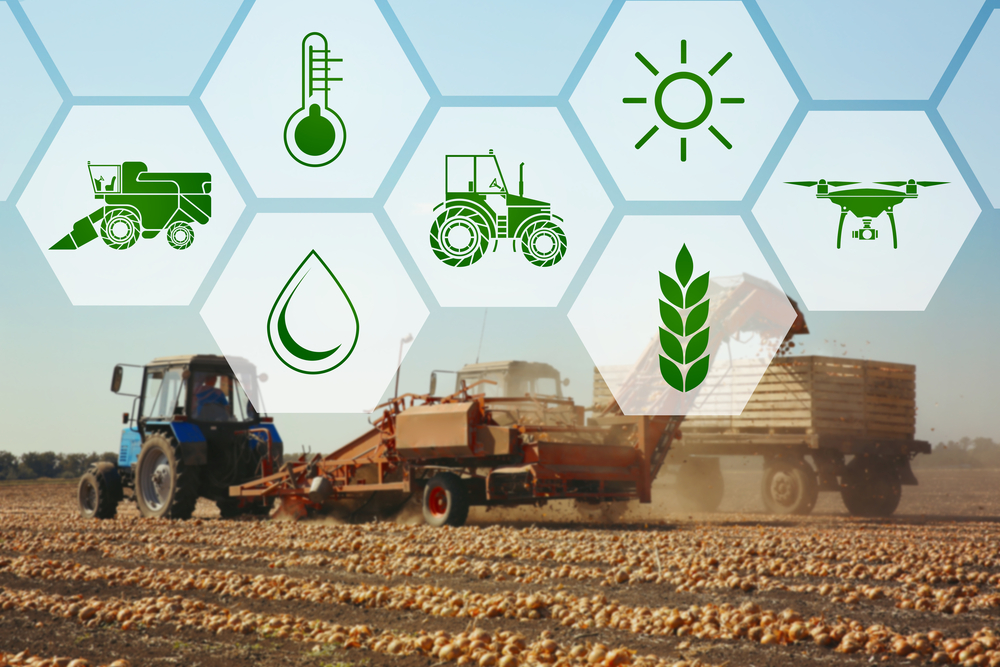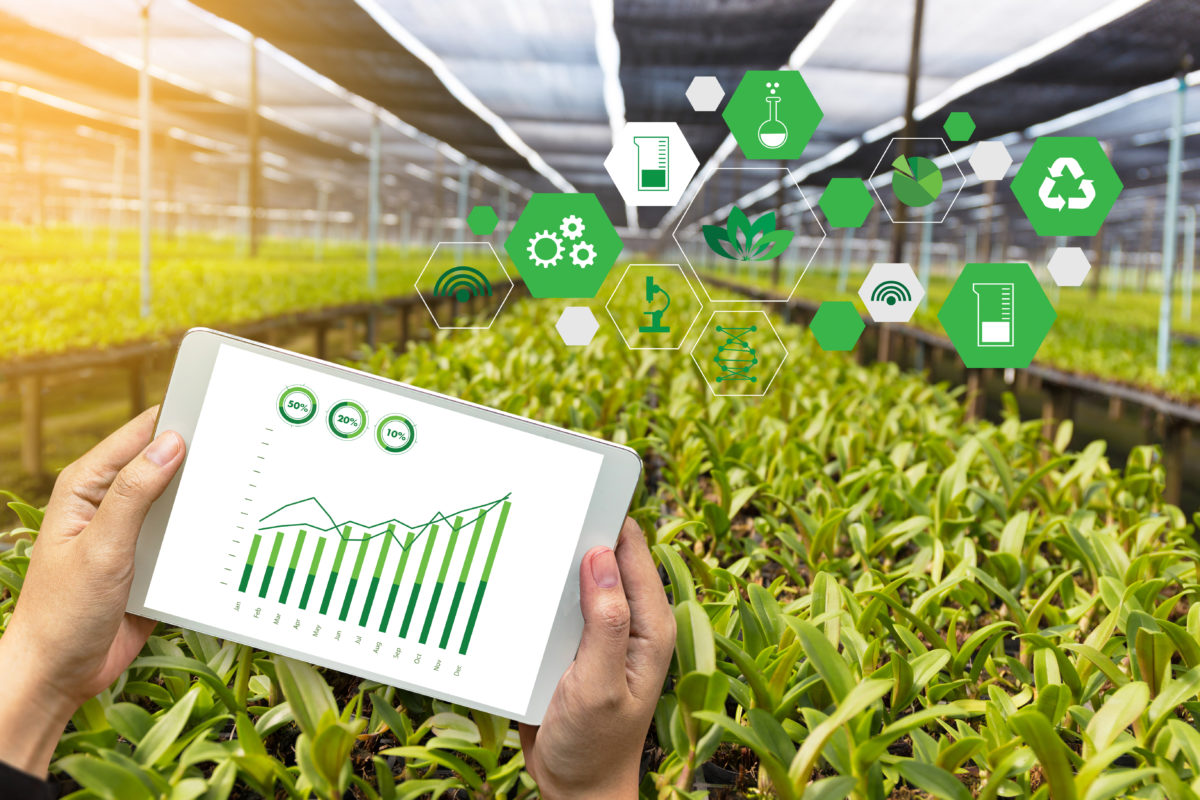The economic law of supply and demand explains the relationship between products and the desire for consumers to purchase them. It outlines how each factor affects the other, and how this relationship determines the price of goods and services. When it comes to agriculture, this principle is a driving force behind technology in the supply chain.
When demand exceeds supply, prices tend to rise. And when supply exceeds demand, you can expect to see prices fall. These shifts can be difficult to measure and prepare for. However, with technological advancements in today’s market, there is more room for predication and more time for preparation.
Shifts in a supply curve can sometimes be the result of advances in technology that reduce the cost of production. If the cost of production goes down, sellers will often lower prices. This plays into the world of agriculture as agritech companies continue to improve the quality of their products and tools. As these companies work to perfect their technologies, and as farmers implement them in the field, they are able to offer products to consumers at a lower price. As a result, farmers and agriculture professionals can invest in more agritech developments, causing the supply curve to shift.




